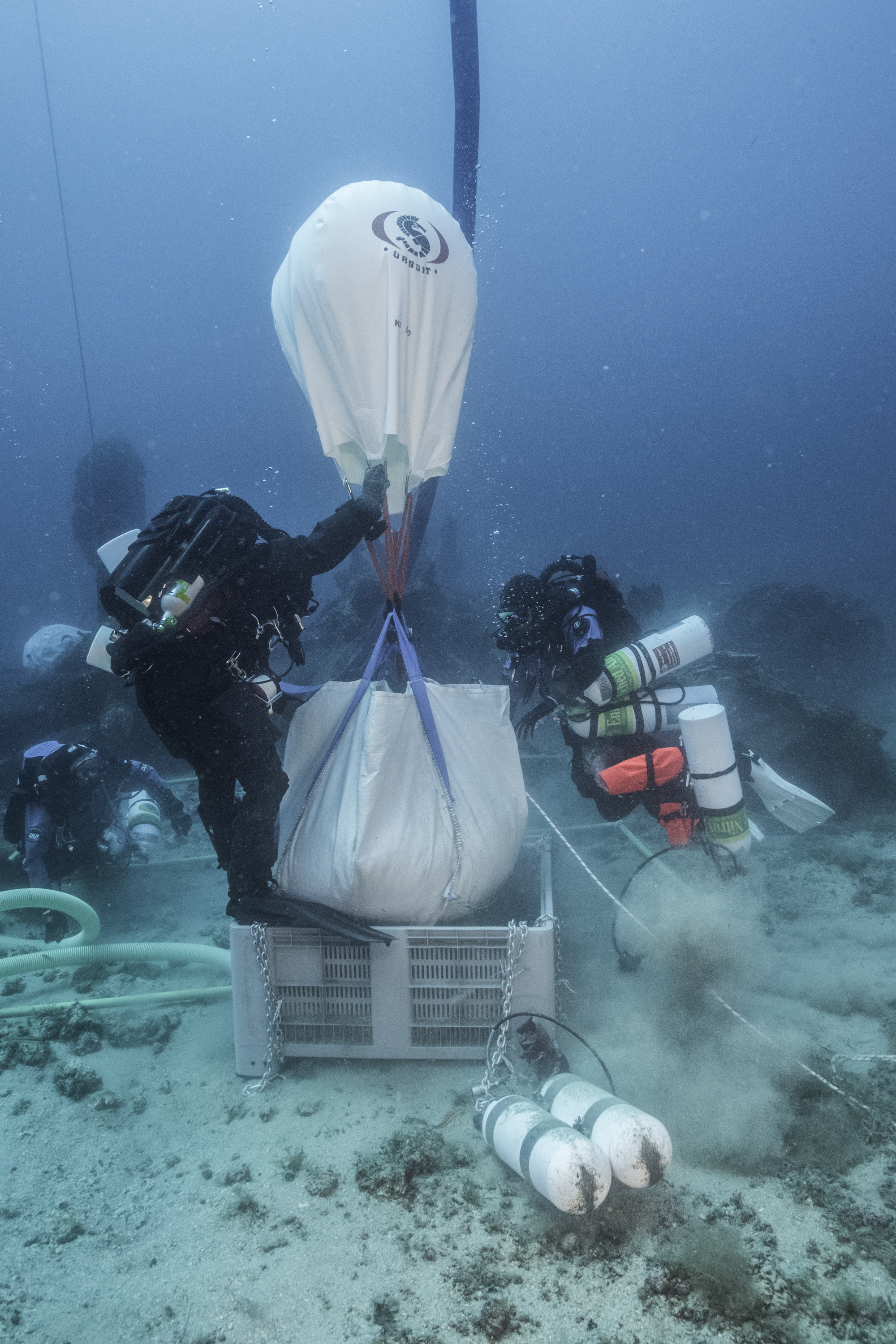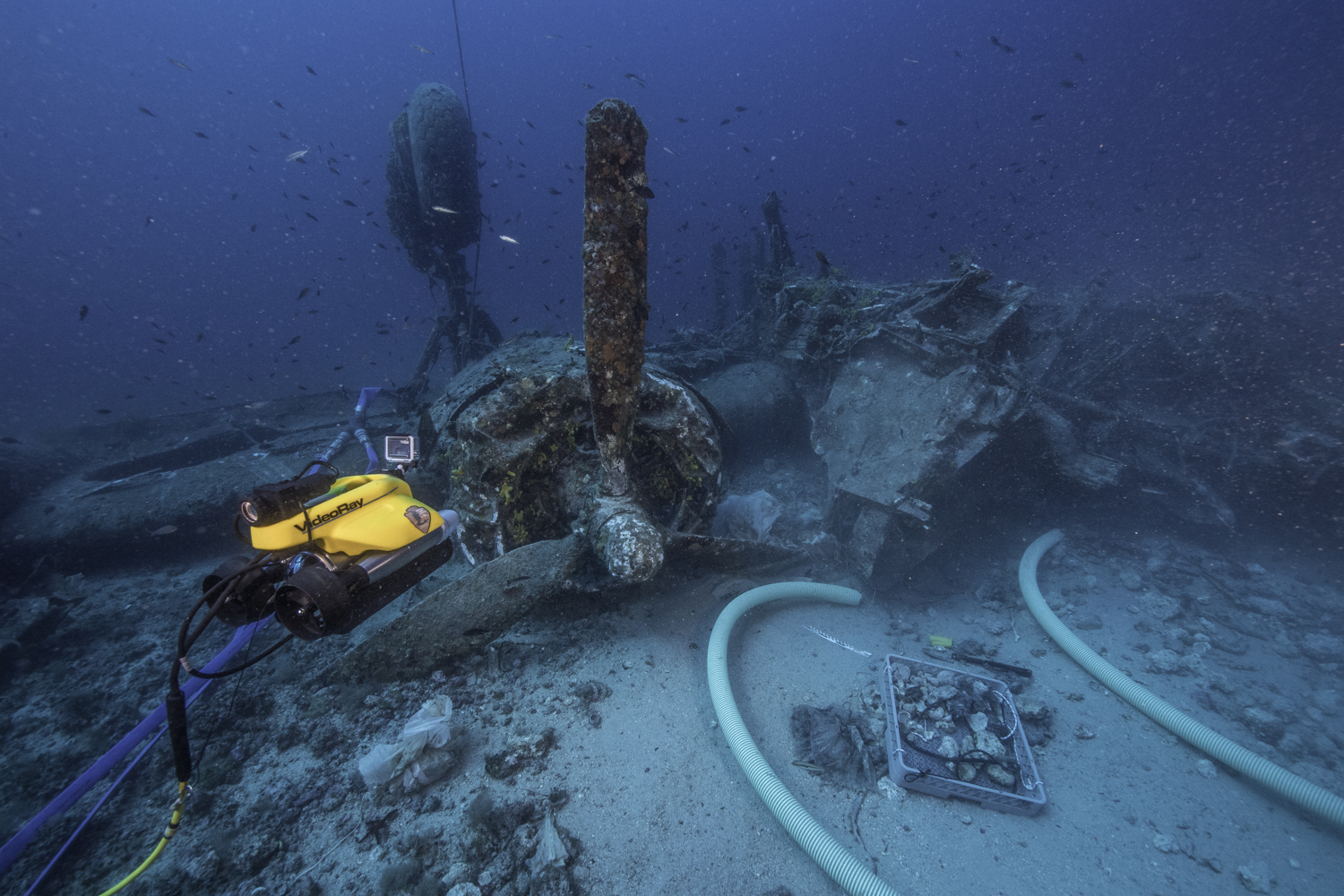
Phil Short: 7,000 dives from ancient shipwrecks to WW2 aircraft wrecks – and anything else in between!
Aircraft wrecks, Interviews, WW2, WW2 WrecksBy Pierre Kosmidis
Photos submitted by Phil Short, photos are all © of their respective owners, used by permission
Phil Short has an impressive 7,000 dives under his… weight belt and is considered to be among the most accomplished scuba divers worldwide.
Having a solid background in cave diving and experience in diving under extreme circumstances, Phil Short is one of the pioneers diving in an ExoSuit, which allows the diver to reach depths of 300 metres, thus enabling deep sea exploration.
Phil’s passion is not limited to cave diving, as he has been actively involved in several wreck exploration projects, ranging from the famous Antikythera shipwreck in Greece to WW2 wrecks, in the Pacific Ocean, the Adriatic Sea and even in lakes.
Here’s what Phil Short has to say about his underwater explorations and if you feel like taking scuba diving lessons to explore the seas, “get out there and do it!”, as Phil says!
You have been diving for many years; please tell a bit on your background and why did you start diving in the first place?
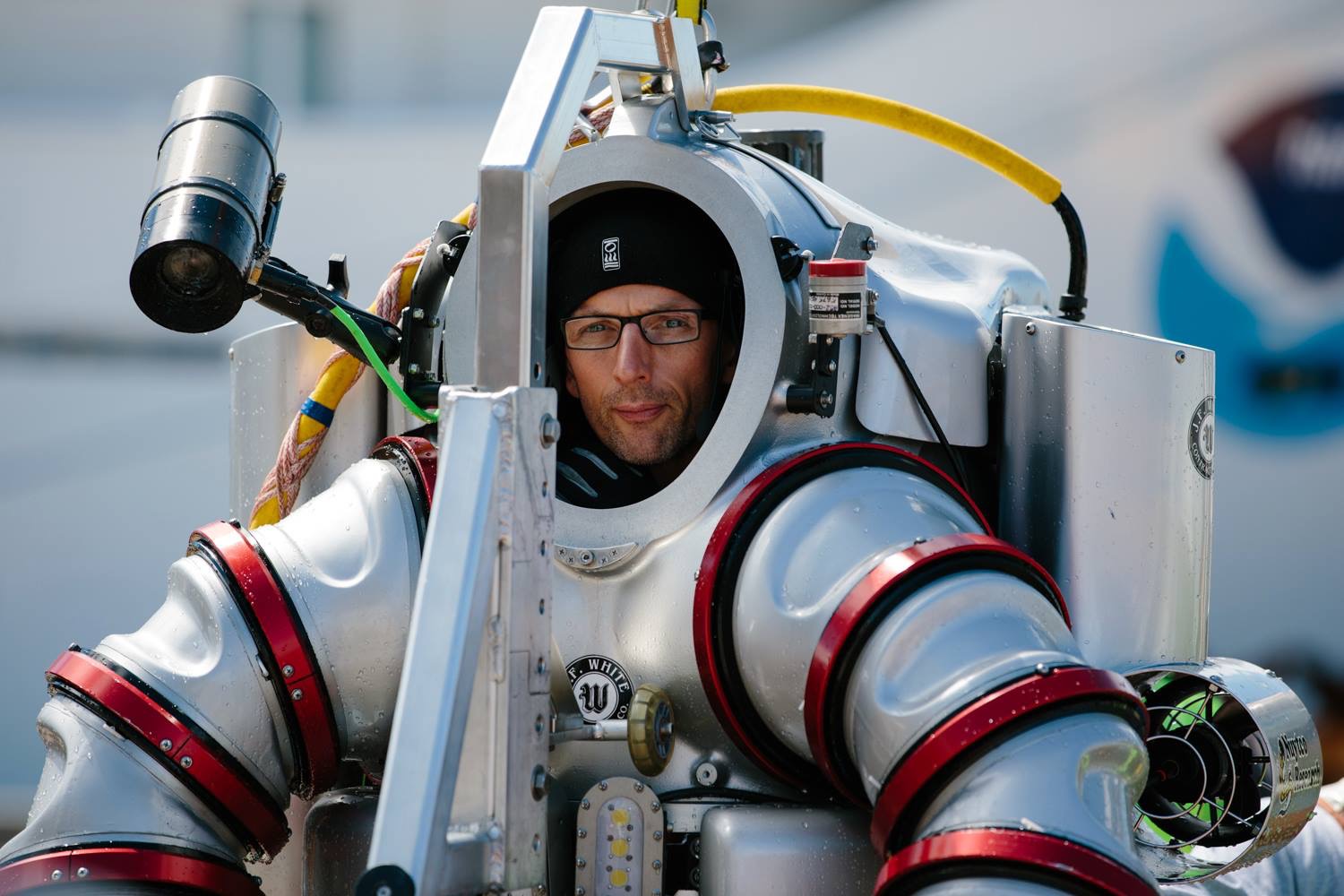
Well! Despite www.ww2wrecks.com is specialising in wrecks, my beginnings are from Cave exploration.
I was a dry caver or speleologist first from my teenage years and only became SCUBA certified to be able to join the British Cave Diving Group (CDG), so to pass short sections of flooded cave to reach more dry cave.
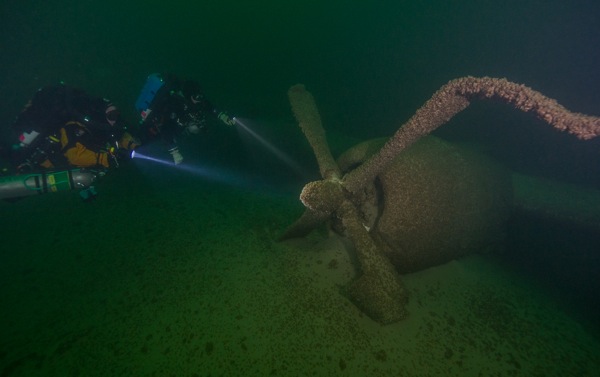
It was during this early SCUBA training that I found a parallel love for ocean diving and especially shipwreck diving.

Which is the most impressive wreck you have ever explored and why?
Without a doubt, the Destroyer ORP Grom, a Polish ship sunk in Narvik in far Northern Norway on May 4th 1940 by a Heinkel He 111 bomber.
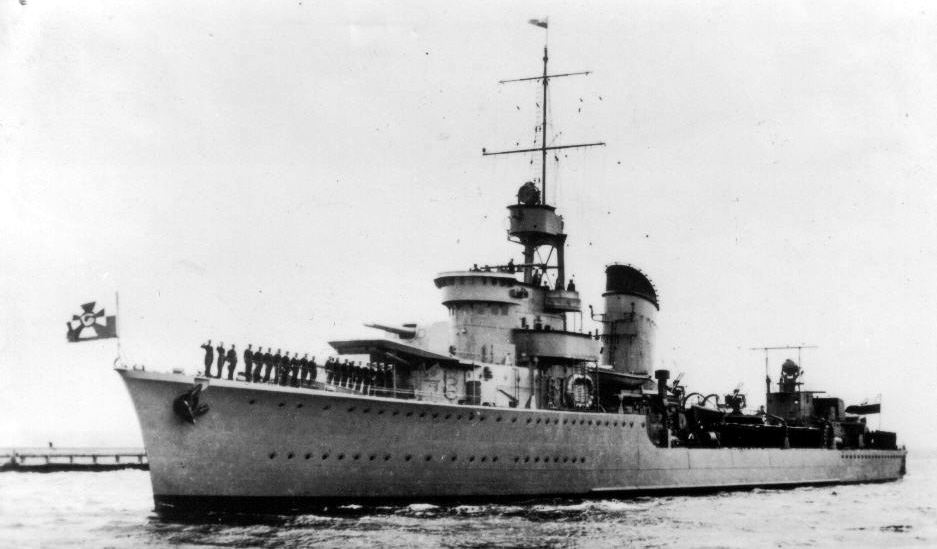
Descending to this ship through the cold waters of Rombaken fjord to this incredible wreck and seeing her superstructure loom out of the darkness was an incredible moment for me.
Seeing the intact torpedo tubes and the guns set pointing out to the enemy in action, was a humbling moment to remember what many sacrificed for our good during the events of the battle of Narvik.
Wrecks are considered as invaluable time capsules by archaeologists and historians; what are your thoughts on that?

It is true! Of the surviving bronze statues from antiquity most exist purely due to being recovered from the ocean. Those on land were often melted down for use in weapons construction or period statue construction.
If they were not preserved by the median of shipwreck we would not have them now! What we gain from a suburban ship, town or industrial site such as a working mine is a ‘Pause button’ in time that we can study.
Much debate has been made on the fact that several wrecks worldwide have been plundered by divers, with salvaged items ending in private collections. What do you think about it?
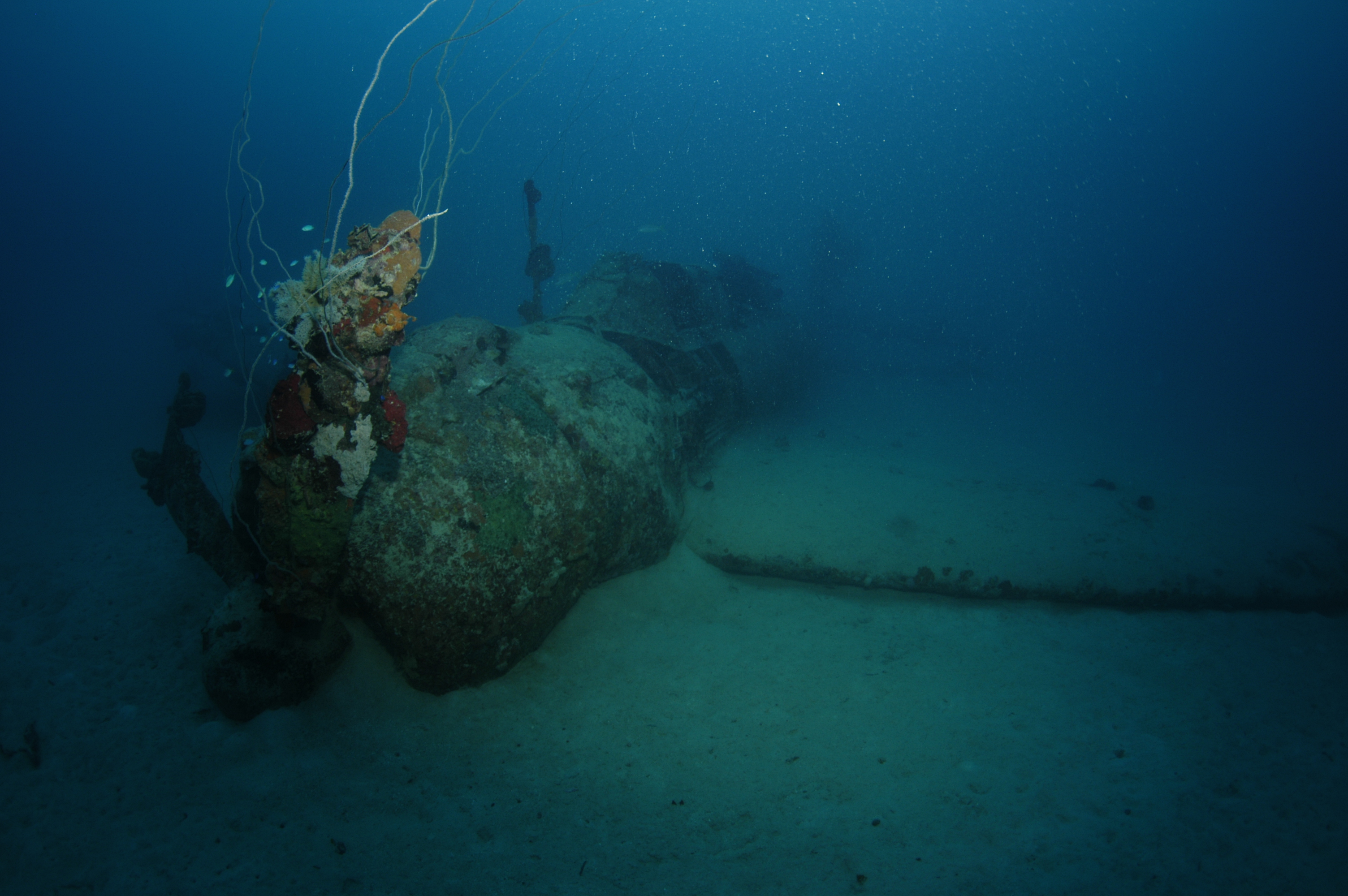
This is a controversial subject with most defiantly two sides to the discussion. Shipwrecks by virtue of the environment they are in will not survive!
They will corrode and disappear as a result of oxygenation, erosion and marine animal degradation. This has been in the public domain on the most famous of all shipwrecks, The Titanic, and I have seen it personally on my favourite local shipwreck the Kyarra through 500 plus dives over 25 years.
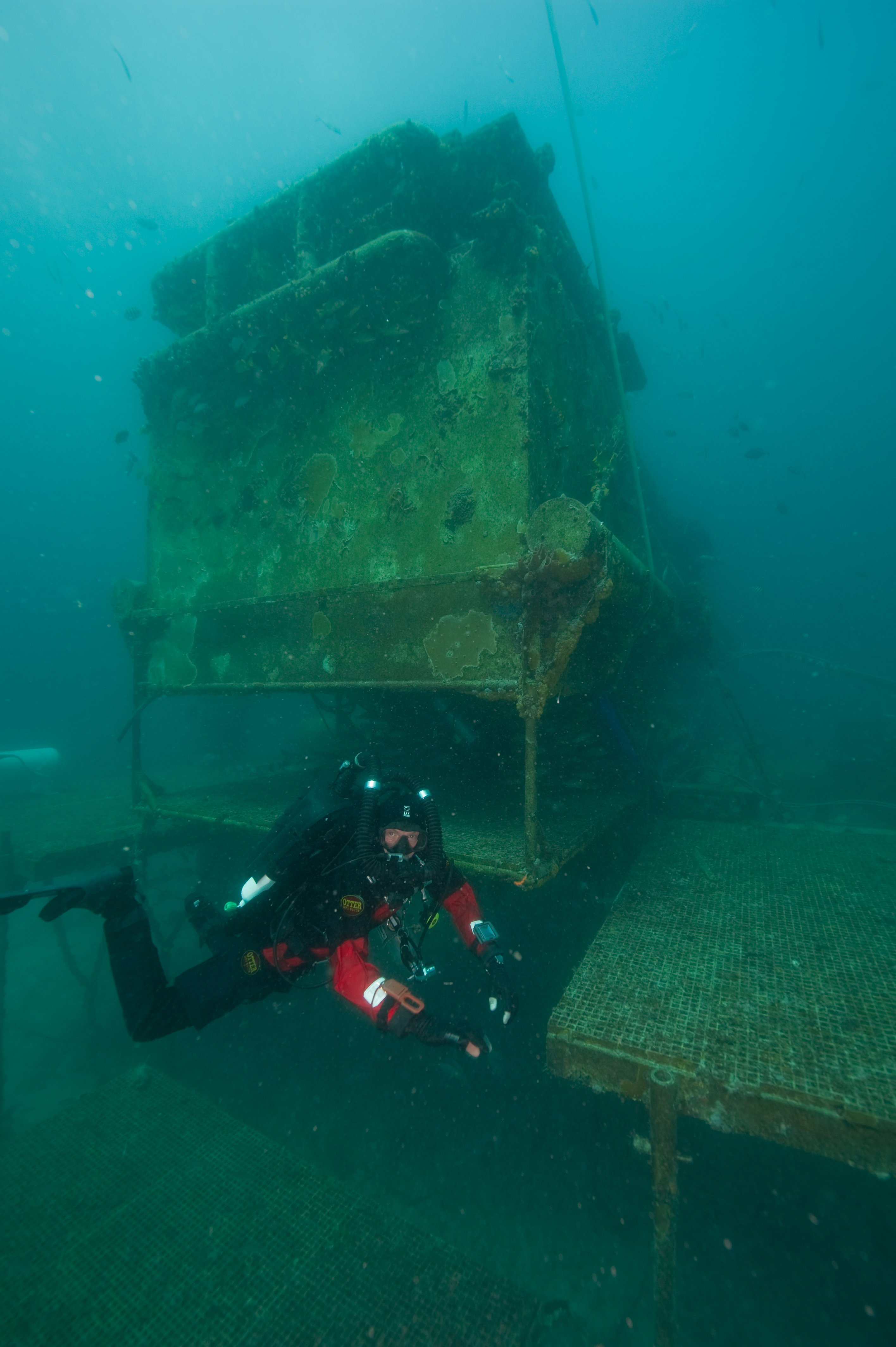
So I believe as I was once taught by my exploration mentor Bill Stone, an expedition produces data whereas an adventure does not.
If we record all we find and observe it survives, and this extends beyond us as divers to the general public.
I believe that the UK based NAS (Nautical Archeological Society) with their recent initiative through photogrammetry to allow non divers to visit protected wreck sites is the future.
An artifact on one diver’s shelf or abandoned rusting in their garden is worth nothing!
An artifact in a museum with data and better still on line for the mass populace is conservation in its most lasting sense.
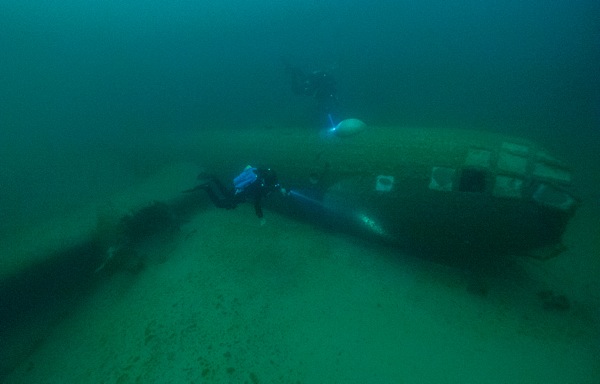
What would you advise someone who would like to start scuba diving? What would be the ideal process?
Firstly… Start!
Go and sign up on a basic SCUBA classes with one of the many recognised training agencies out there now. After that, as I found with my own vocation, passion and career… get out there and do it!
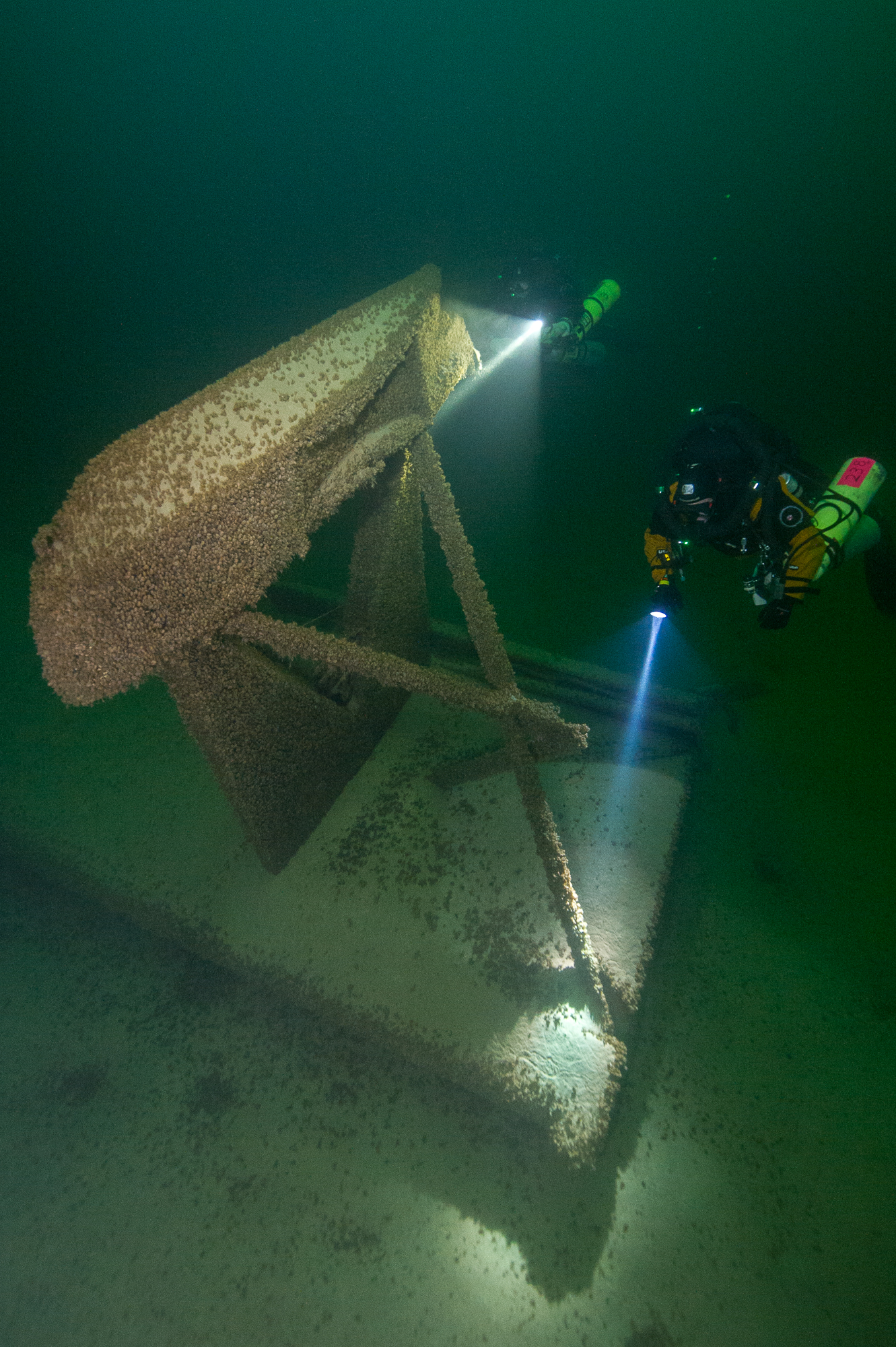
The sky is the limit as they say.
I had no idea in 1990 at Stoney Cove of my first open water SCUBA dive that I would end up exploring a part of the Earth never seen by man before in the J2 cave, Mexico, or diving the wreck site underwater museums of Jutland, Narvik, Scapa and Truk and being rival edged to receiver 2000 plus year old human remains from a Roman ship… but I did!
And the advice is, “You can too!”

There is the perception that scuba diving is an expensive hobby, only for “super humans”. Do you agree?
No! Not at all! I am neither and have been privileged to visit, explore and document many ship wrecks over a 30 year diving career.
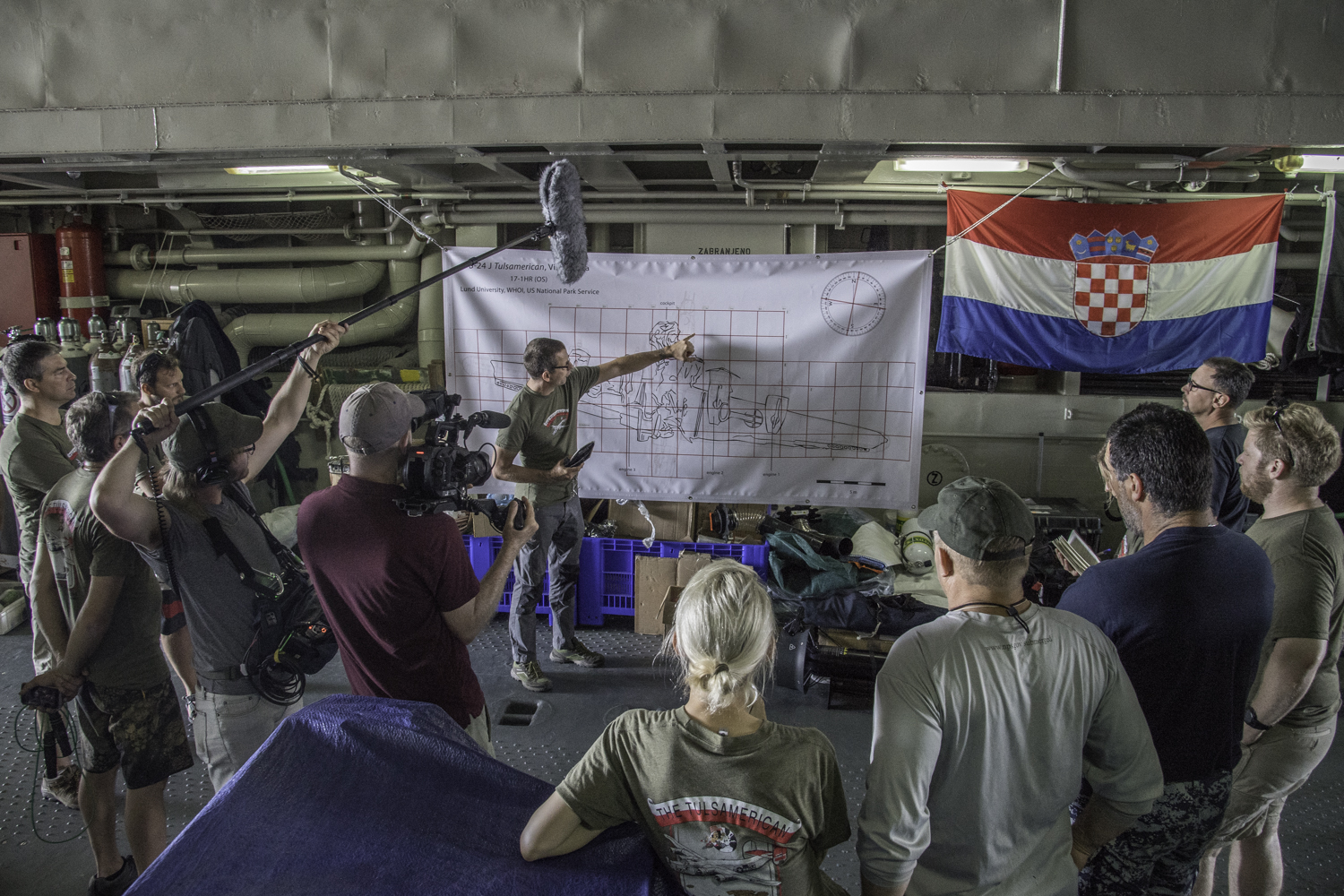
The secret is get out there and get started.
History is all around us, from your doorstep to the far reaches of our home planet Earth and beyond.
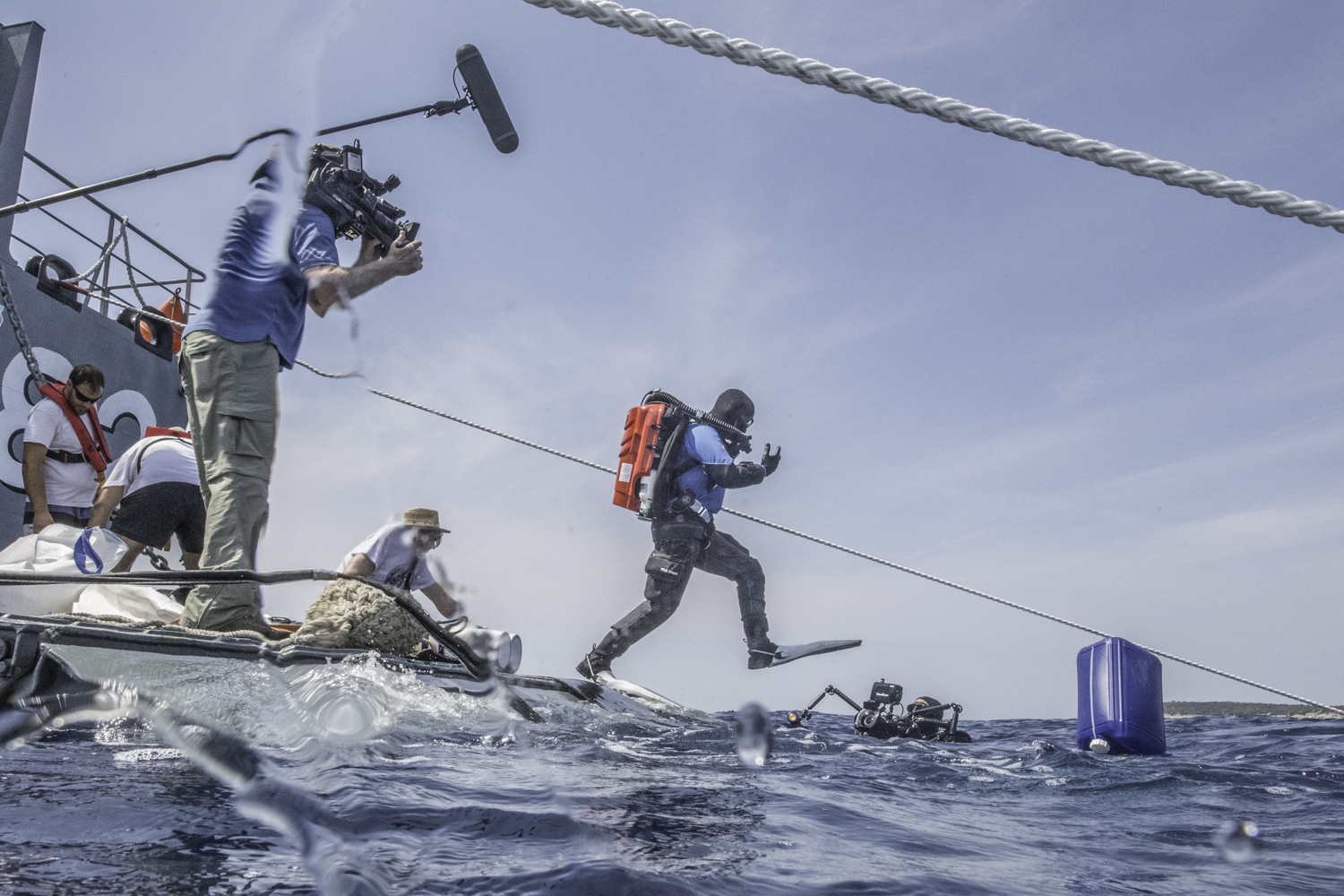
What is your most memorable dive so far and why?
Hard question indeed as after seven thousand plus dives there have been so many fantastic memories of wrecks, cave, scenic and marine life dives.
However 2 dives come to mind:
The first was a single tank wet suit no decompression dive with my wife and best friend Gemma Smith the morning after our Sunset beach wedding in Grand Cayman.
We dived from shore in a network of shallow caverns and galleys with friends, surrounded by shoals of thousands of tiny fish and it was magical.
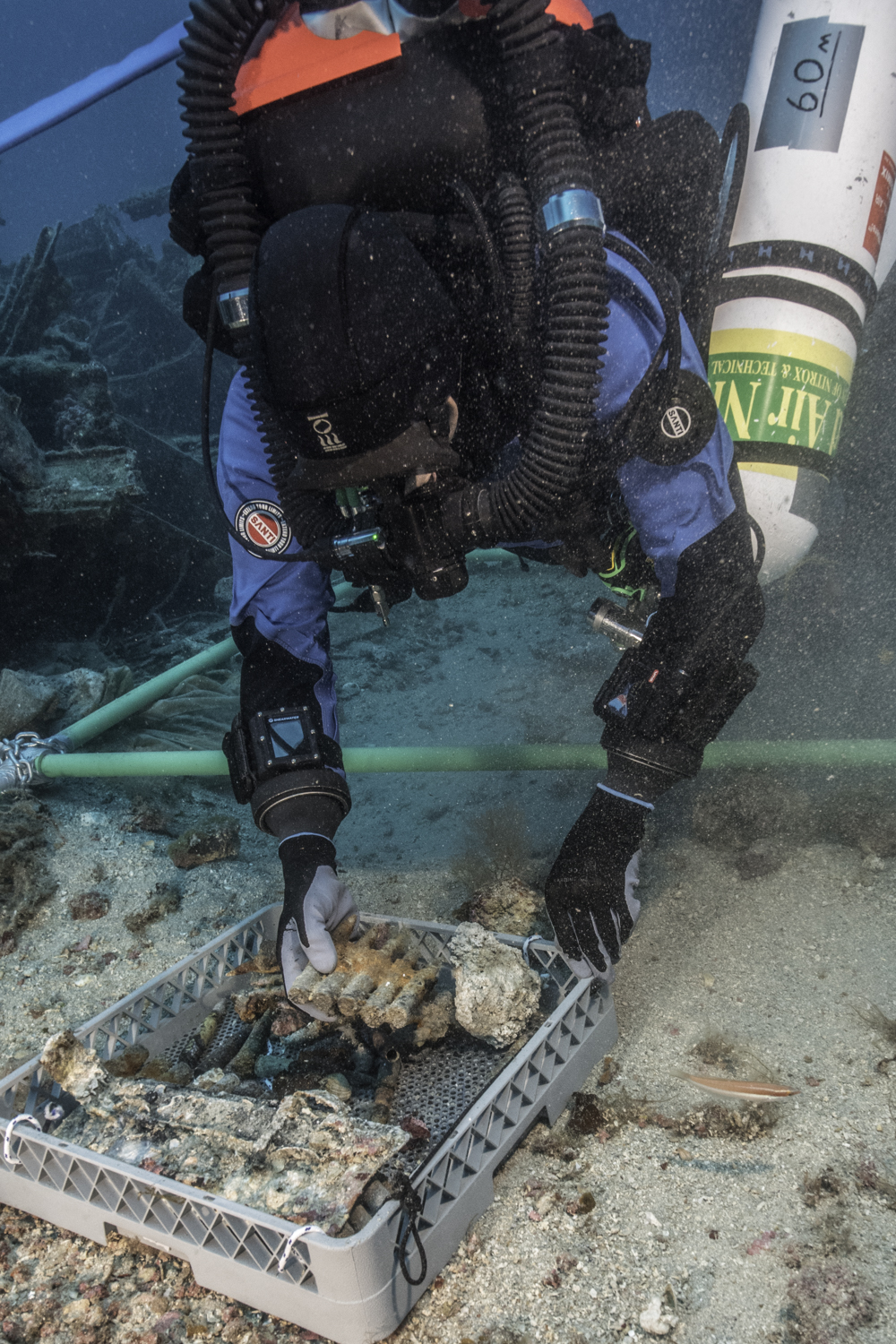
The second was my first dive in the Exosuit 1 ATA diving platform as I was lowered into the water off the Woods Hole Oceanographic Institute (WHOI) pier, released by the crane and began to descend in crystal clear green ocean water a cormorant bird ‘flew’ past my face plate underwater… Wow!
What are your future plans and projects?
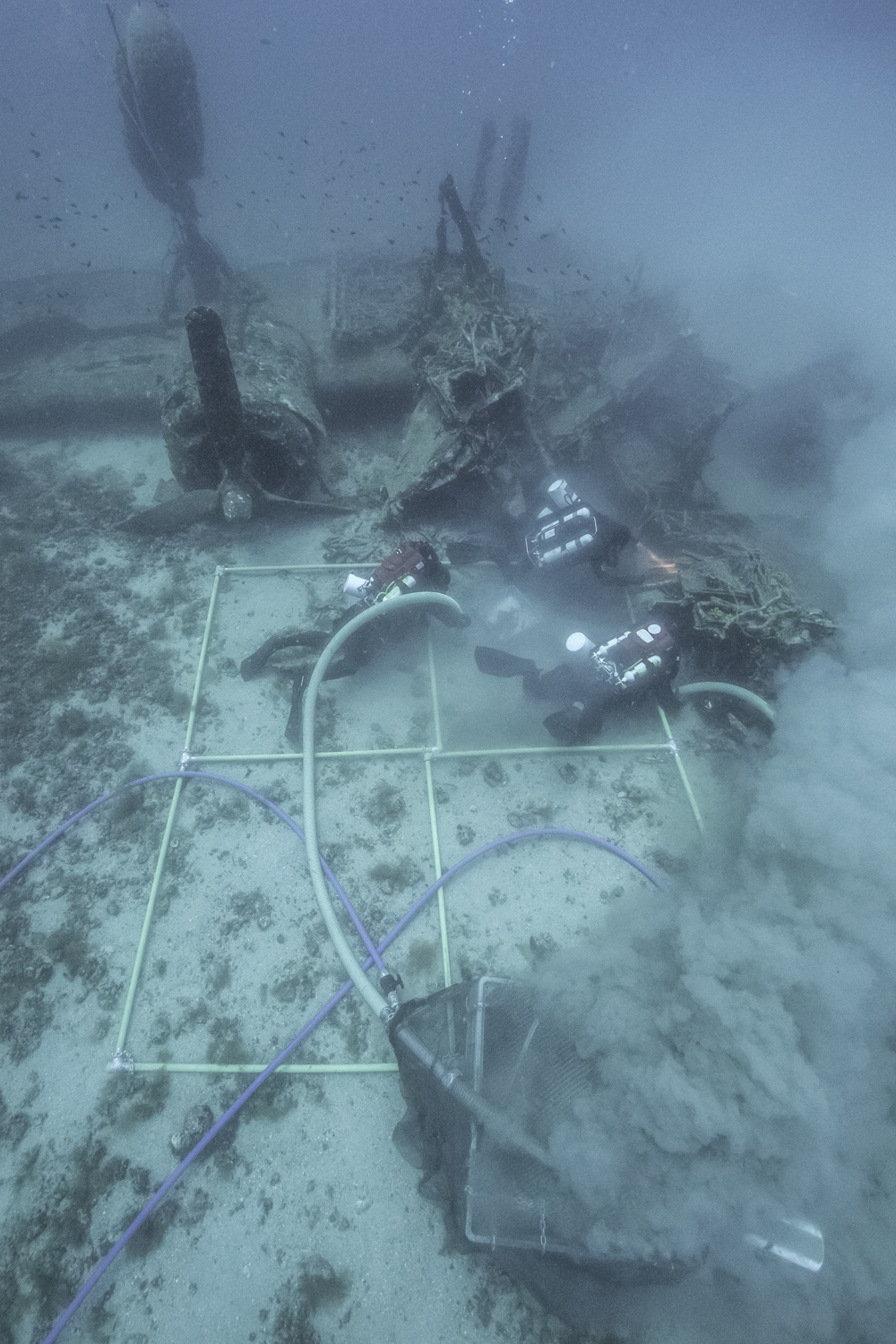
Returning Flight Lt. Eugene Ford from his WW2 B-24 J crash site, off of the island of Vis in Croatia to his family during a project to excavate the site for the US DPAA in 2017 was one of the most humbling, emotional and rewarding prospects of my 30 year career in diving.
I hope we can continue to find, survey and excavate further WW2 wreck sites, to return more heroes to their families.
